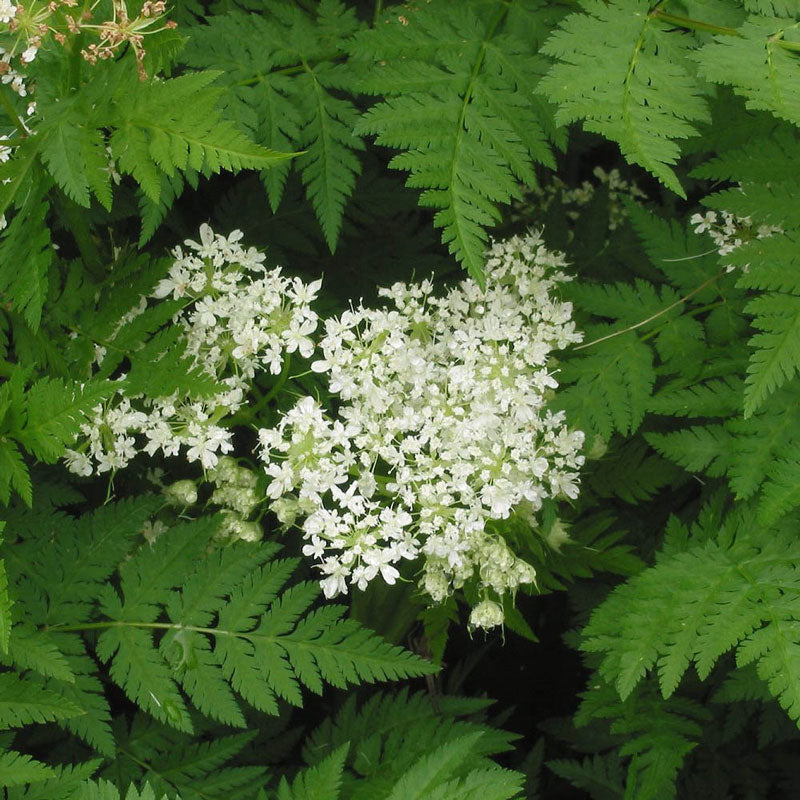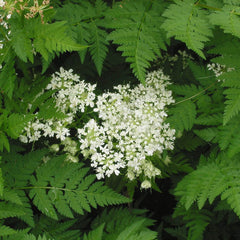

Chervil (Anthriscus cerefolium)
- $14.00 CAD
- $14.00 CAD
- Unit price
- per
50g, 100g, 250g
Couldn't load pickup availability
Parts used: Whole herb
Properties
Digestive, diuretic, expectorant, sudorific, stimulant
Primary nutrients
Rich in calcium, potassium; carotene, iron, vitamin C
Chervil is one of the first garden herbs that can be harvest in spring and traditionally viewed as a symbol of new life.
The plant has a long history of use, and it was highly regarded as a spice and medicinal herb by the ancient Greeks, Egyptians, and Romans.
Chervil has had its applications in folk medicine for various ailments, both externally and internally.
The herb is regarded to have a slight digestive, diuretic, expectorant, sudorific (causing or inducing sweat) and stimulant properties.
It is said that the herb could be used as a relief for high fever and colds. It is also thought that chervil may contribute to lowering high blood pressure.
Chervil was once valued as a “spring tonic” for cleansing the liver and kidneys, and as a remedy for enhancing digestion, gout, arthritis and for poor memory, and mental depression.
Traditionally, the bruised leaves were used as a poultice and applied to slow-healing wounds and painful joints. As a remedy for sore and inflamed eyes, it was used in the form of an infusion as an eyewash.
Today, the herb is mostly known for its culinary uses, and since there is little scientific evidence that the plant has any unique medicinal properties, apart from its nutritional value, it is hardly ever used in modern-day herbal medicine.
Primary Applications
Arthritis
Blood pressure, high
Colds
Digestion, enhancing
Fever, high
Gout
Memory, poor
Mental depression
Spring tonic
Secondary Applications
Eyewash
Joints, painful (externally)
Wounds (externally)
50g, 100g, 250g
RELATED PRODUCTS
- Choosing a selection results in a full page refresh.


